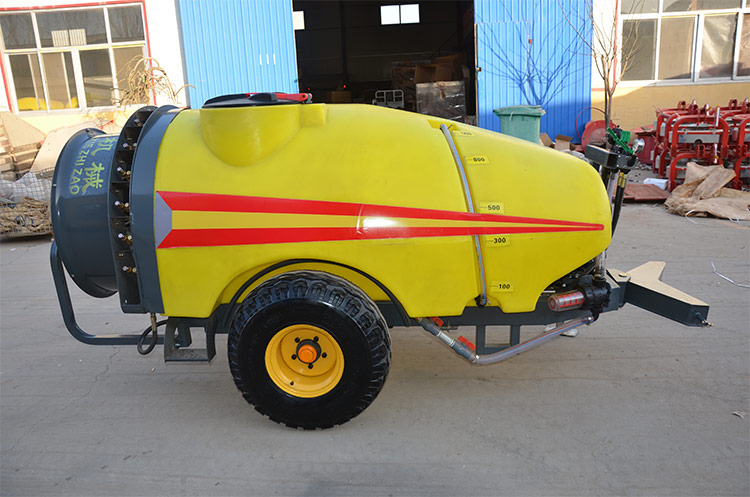Calibration and Its Role in Air Blast Sprayer Efficiency
2024-12-18
Efficient spraying is not just about having a well-maintained sprayer; it’s also about precise calibration. A properly calibrated trailed air blast sprayer ensures accurate application, reduces chemical waste, and minimizes environmental impact. In this blog, we outline the steps to calibrate your sprayer and maintain peak performance.
1. Why is Calibration Important?
Calibration ensures that the sprayer applies the correct amount of chemical uniformly across the target area. This prevents:
- Over-application: Leading to chemical waste and potential crop damage.
- Under-application: Resulting in ineffective pest or disease control.
2. Steps for Proper Calibration
Step 1: Determine Sprayer Output
- Measure Output per Nozzle: Collect spray from each nozzle for a set time and measure the volume to ensure uniformity.
- Calculate Total Output: Multiply the output per nozzle by the number of nozzles.
Step 2: Adjust Pressure and Flow Rate
- Set the Pressure: Use the sprayer’s pressure gauge to adjust to the recommended PSI (pounds per square inch) for the chemical being used.
- Balance Flow Rate: Ensure that the flow rate matches the application rate specified on the chemical label.
Step 3: Check Travel Speed
- Measure Ground Speed: Use a GPS or timing method to calculate the sprayer’s speed over a known distance. Adjust tractor settings as needed to match the required application rate.
Step 4: Verify Spray Pattern
- Test Spray Coverage: Use water-sensitive paper or a test run to ensure even coverage and proper droplet size.
- Inspect Nozzle Alignment: Confirm that all nozzles are aligned and angled correctly for optimal coverage.
3. Regular Calibration Frequency
Calibration should be performed:
- At the Start of Each Season: To account for wear and tear.
- When Changing Chemicals: Different chemicals may require different application rates.
- After Replacing Components: Such as nozzles, hoses, or pumps.
4. Common Calibration Challenges and Solutions
- Uneven Flow Rates: Clean or replace clogged or worn nozzles.
- Inconsistent Pressure: Check the pump and pressure regulator for leaks or malfunctions.
- Incorrect Speed: Adjust tractor settings to maintain consistent ground speed.
5. Benefits of Proper Calibration
- Improved Efficacy: Ensures the applied product works as intended.
- Cost Savings: Reduces chemical wastage by applying the precise amount needed.
- Environmental Protection: Minimizes spray drift and runoff, reducing the impact on non-target areas.
Calibration is an essential aspect of operating a trailed air blast sprayer efficiently. By investing time in regular calibration and maintenance, you can achieve accurate application, healthier crops, and a more sustainable farming practice. Properly maintained and calibrated equipment not only enhances productivity but also contributes to long-term agricultural success.



